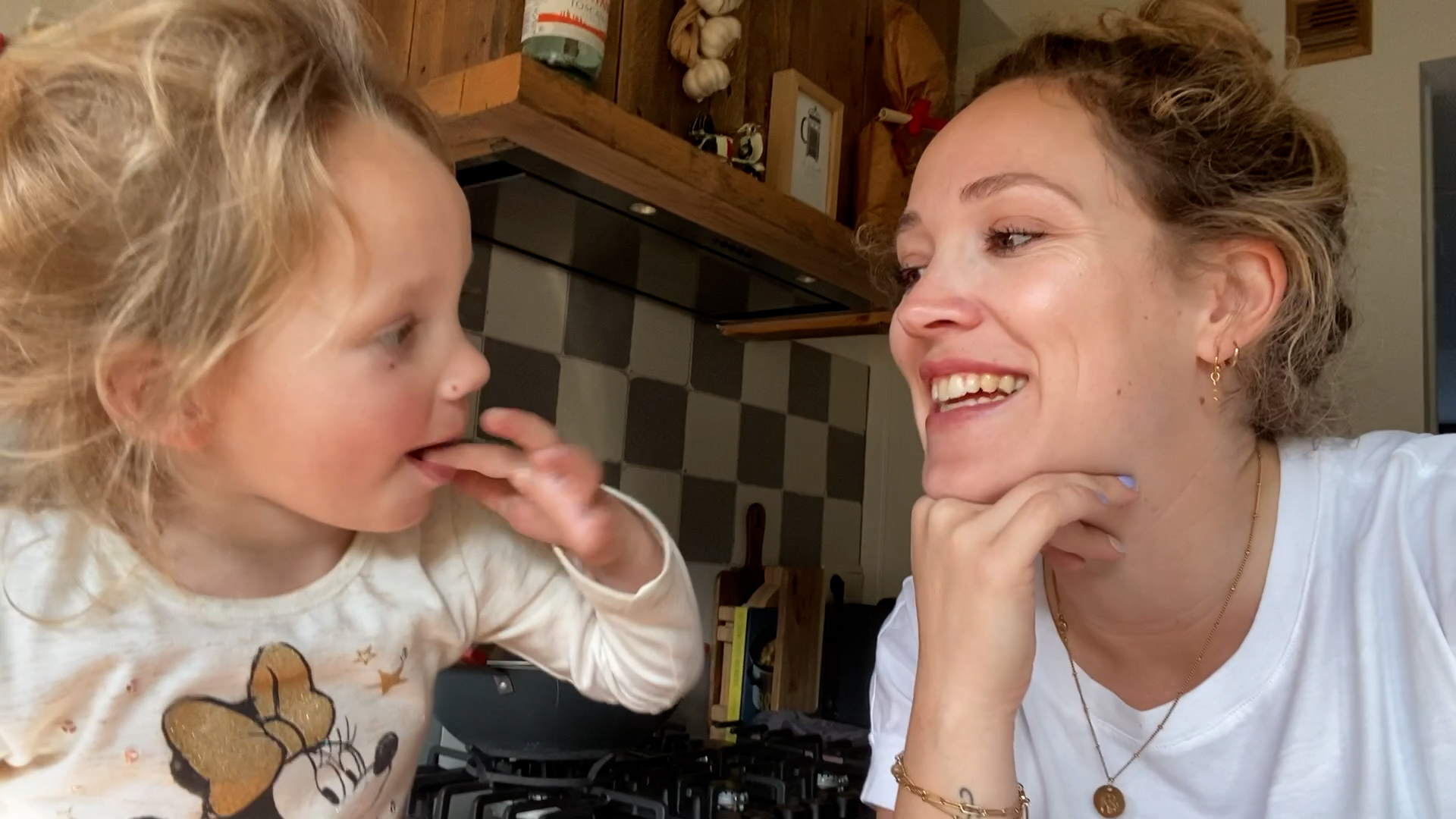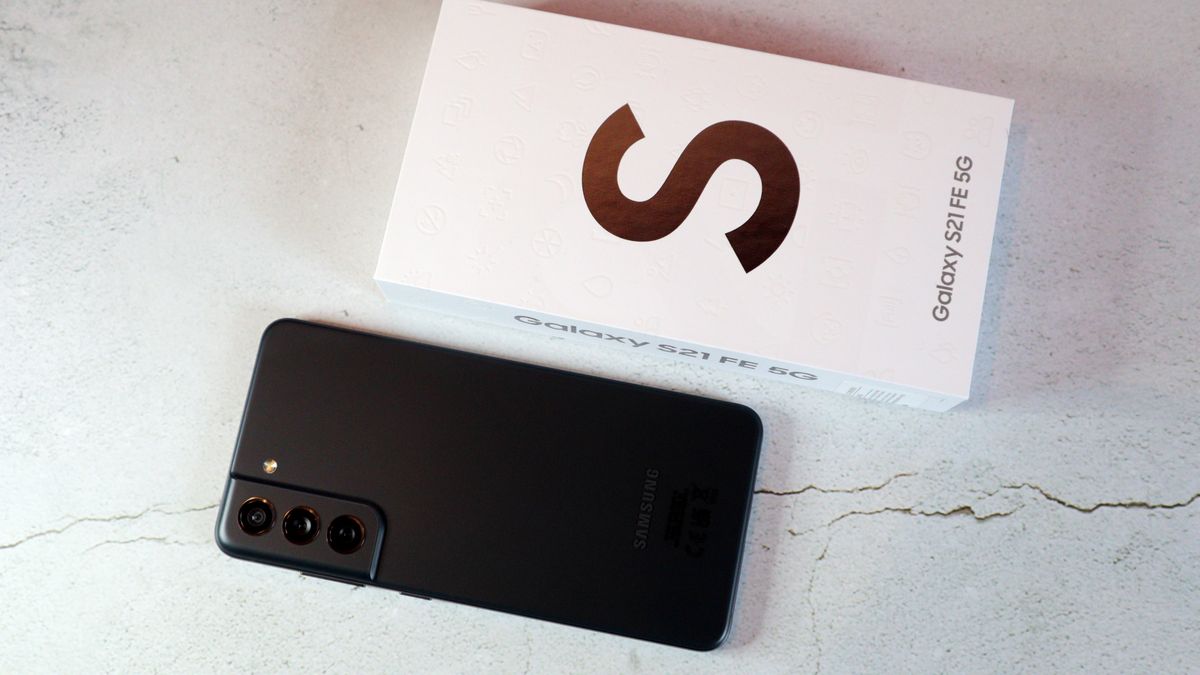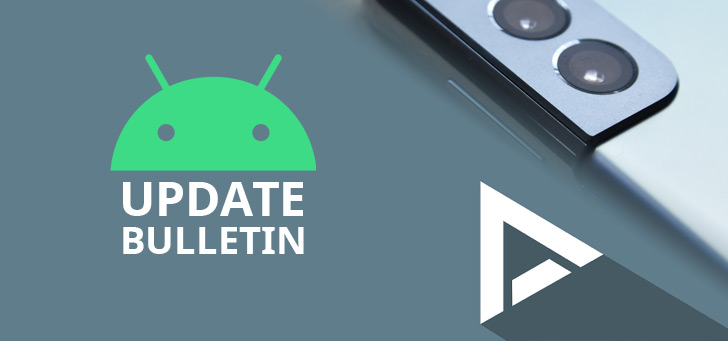NASA’s Node+ turned your phone into a multisensor
The smartphone is actually a portable computer, to which you can connect all kinds of useful equipment. That has not gone unnoticed by the designers of Node+. Read here how you could one day turn your phone into a top scientific instrument that wouldn’t cut a bad figure in Star Trek.
Contents
What is Node+?
It is 2007 and America is under the spell of the War on Terror. The fear of terrorist attacks is well established and one of the ways in which terrorists can strike is with poison gases or biological weapons. In short, the US government was looking for a way to quickly recognize these types of threats without having to use expensive and difficult to move equipment. They thought of a sensor that could be connected to the smartphone.
NASA scientist Jing Li had a solution on the shelf. Four years earlier, she and her team had published a scientific paper on the use of nanotube sensors to detect gas and organic vapors.
Holder where you can click sensors
The platform’s second father, George Yu, specialized in developing electronics and precision engineering systems. Together they developed a system that you can use as a module on the telephone. They opted for the iPhone. After several years of further development, the final Node+ system was created. The essence is a holder, on which you can always click a different sensor. The sensor set draws its energy from the phone and communicates with the phone via Bluetooth.
Node+ with 40 different sensors
In the first version, the chip was equipped with 40 different nanosensors that could detect a variety of dangerous chemicals such as carbon monoxide, nitrogen oxides, chlorine gas, sulfur dioxide and hydrogen sulfide. The number of chemicals has continued to expand and the Node Plus is now also suitable for Android.
The module is also equipped with more memory, it lasts longer and is also more economical. The sensor set proved to be a big hit and was popular in various industries. It was also used in education.
Sadly gone
At the moment Yu’s company produces Variable smartphone modules to measure colors, unfortunately not for consumers. The original Node+ sensor has also been discontinued since 2018. But maybe it’s still possible to get a Node+ sensor module somewhere.
Ying Li is still employed by NASA, according to the NASA website. She is currently working for NASA on the E-Nose, a device that, like an artificial nose, can determine the medical condition of an astronaut’s breath.
Also quite groundbreaking, and a gadget that I think many consumers would like to have. It’s a shame that a manufacturer like Apple doesn’t fill this gap in the market instead of making yet another sleep-inducing cosmetic improvement.



